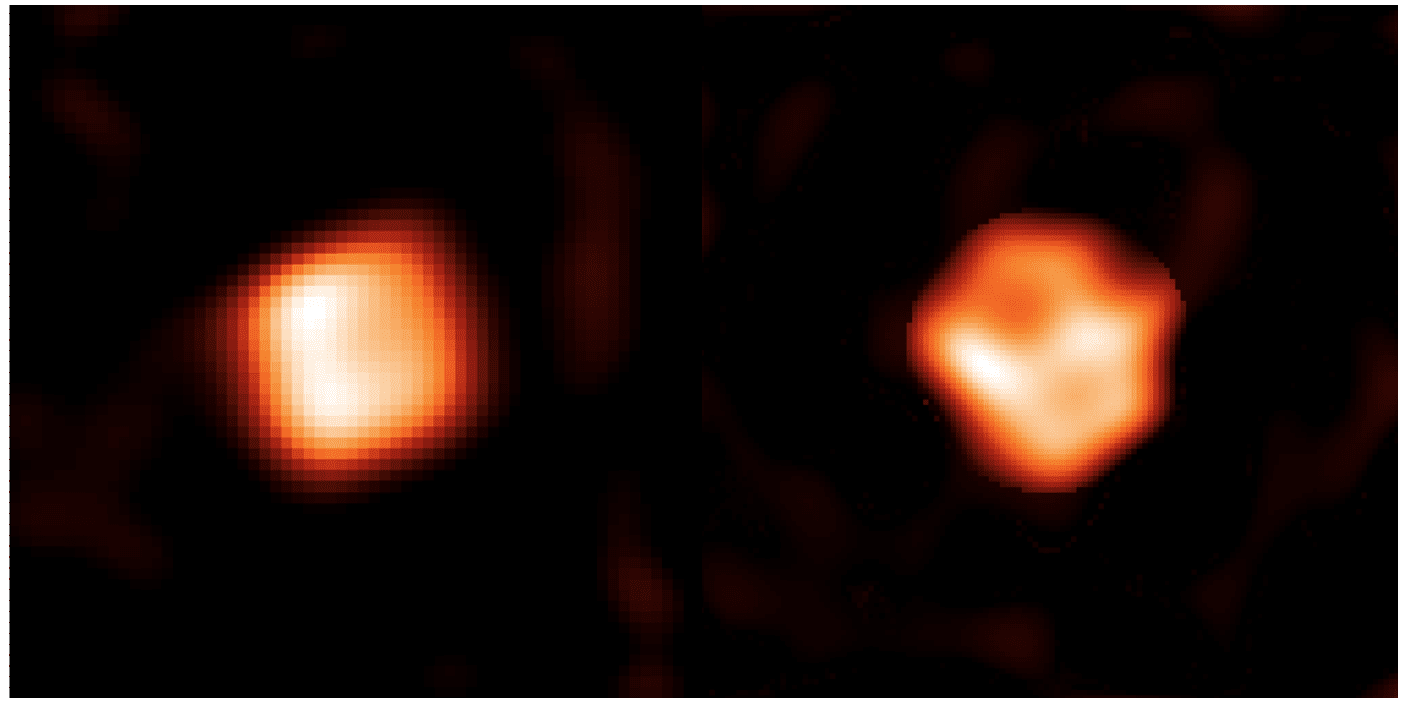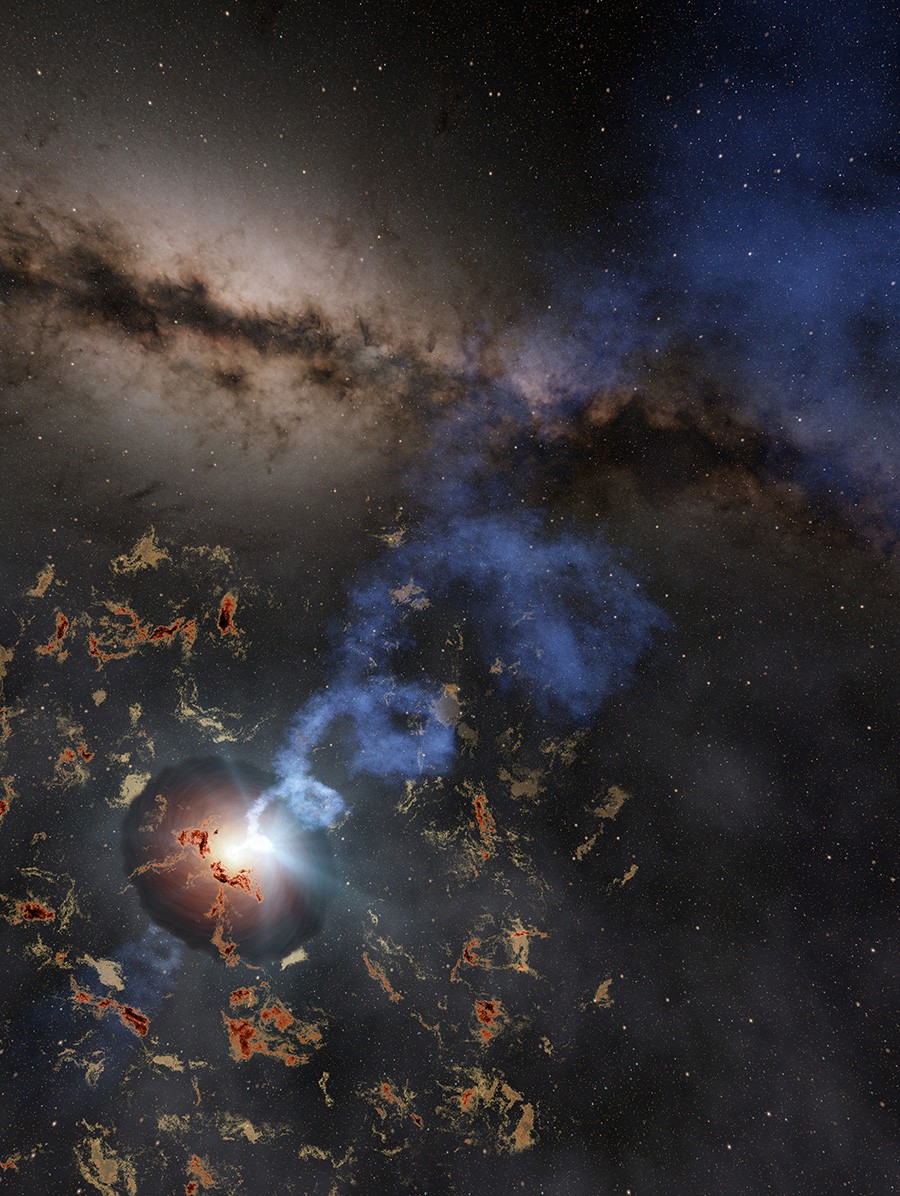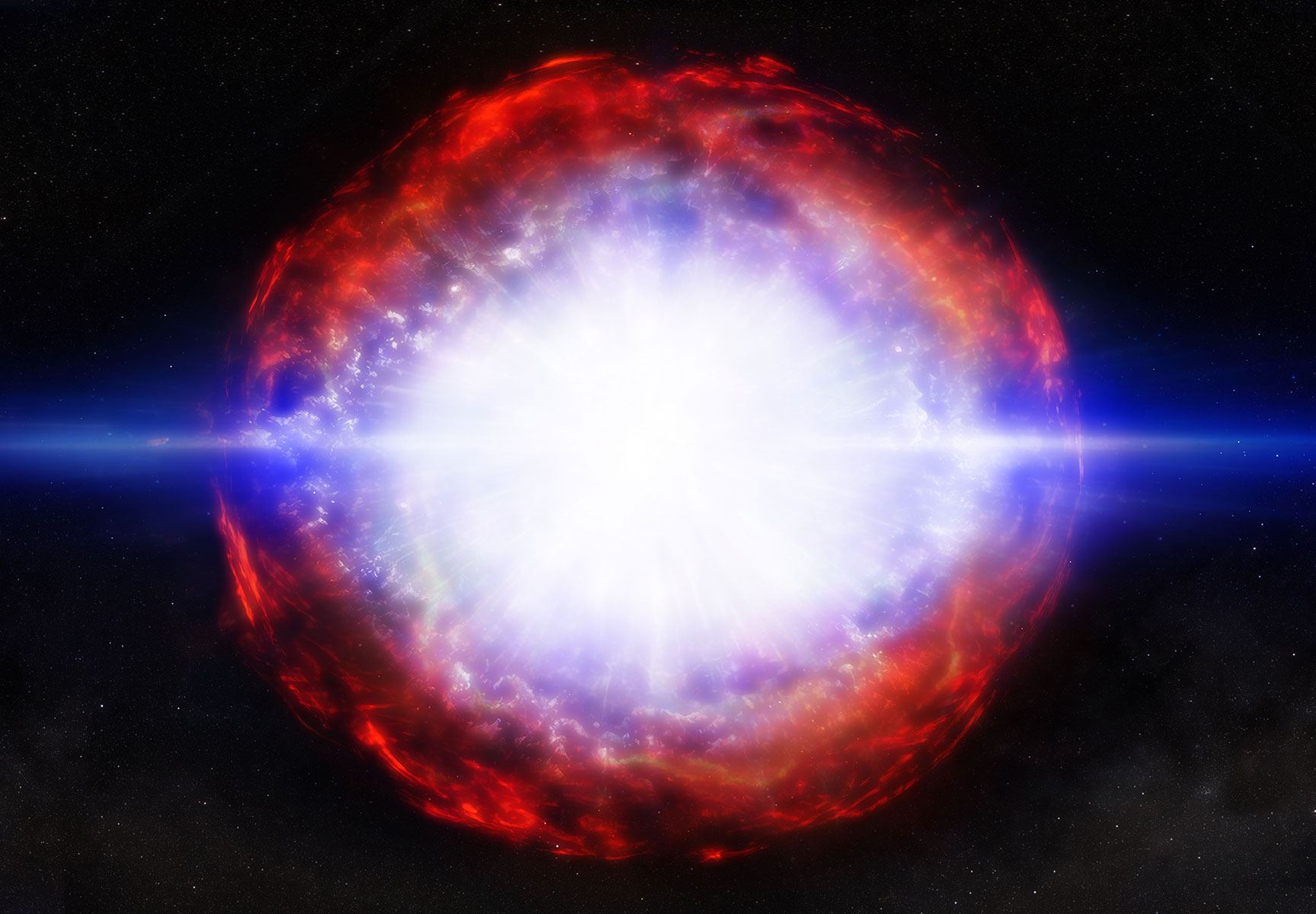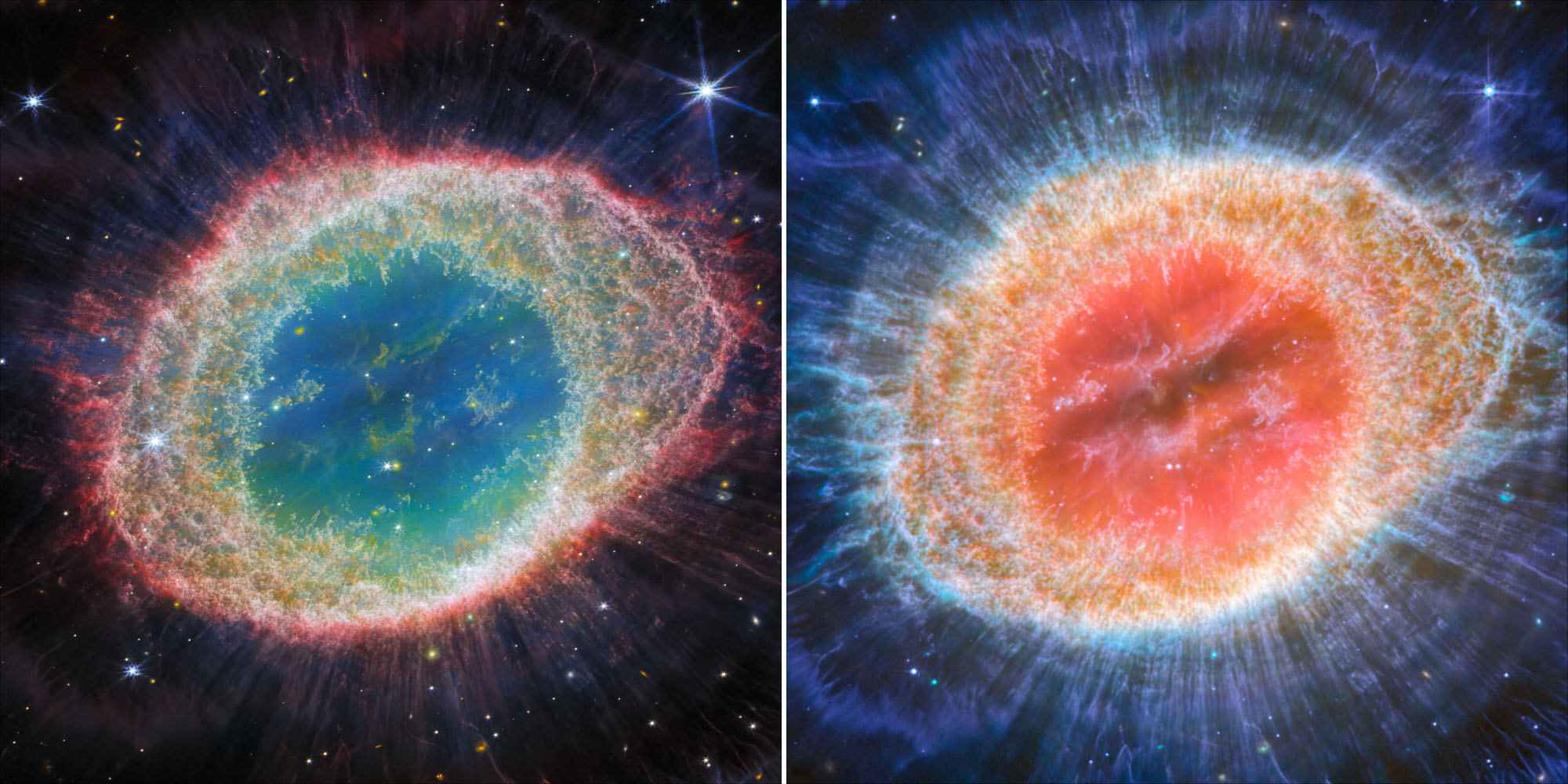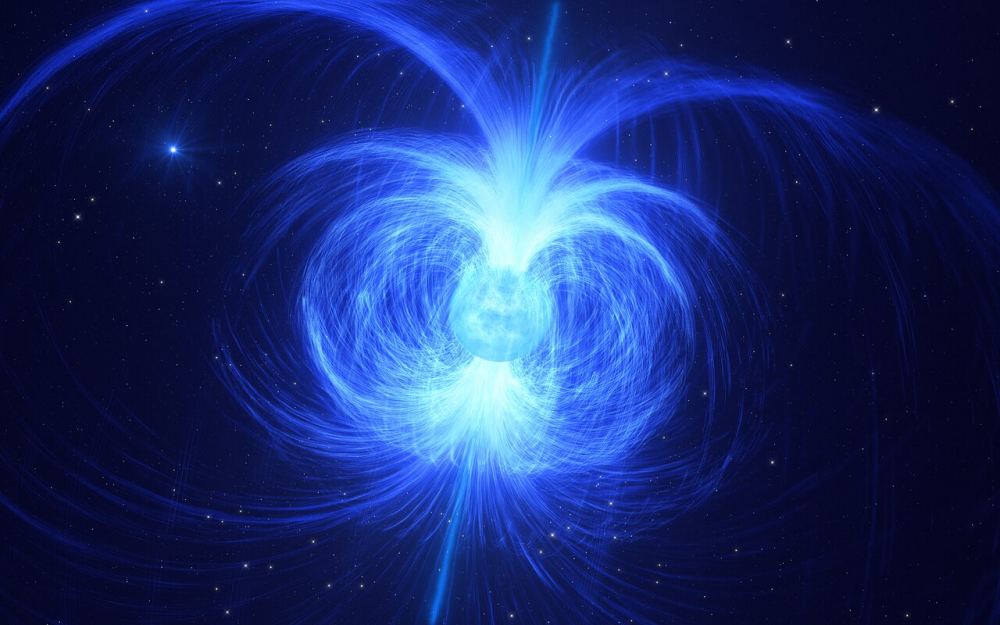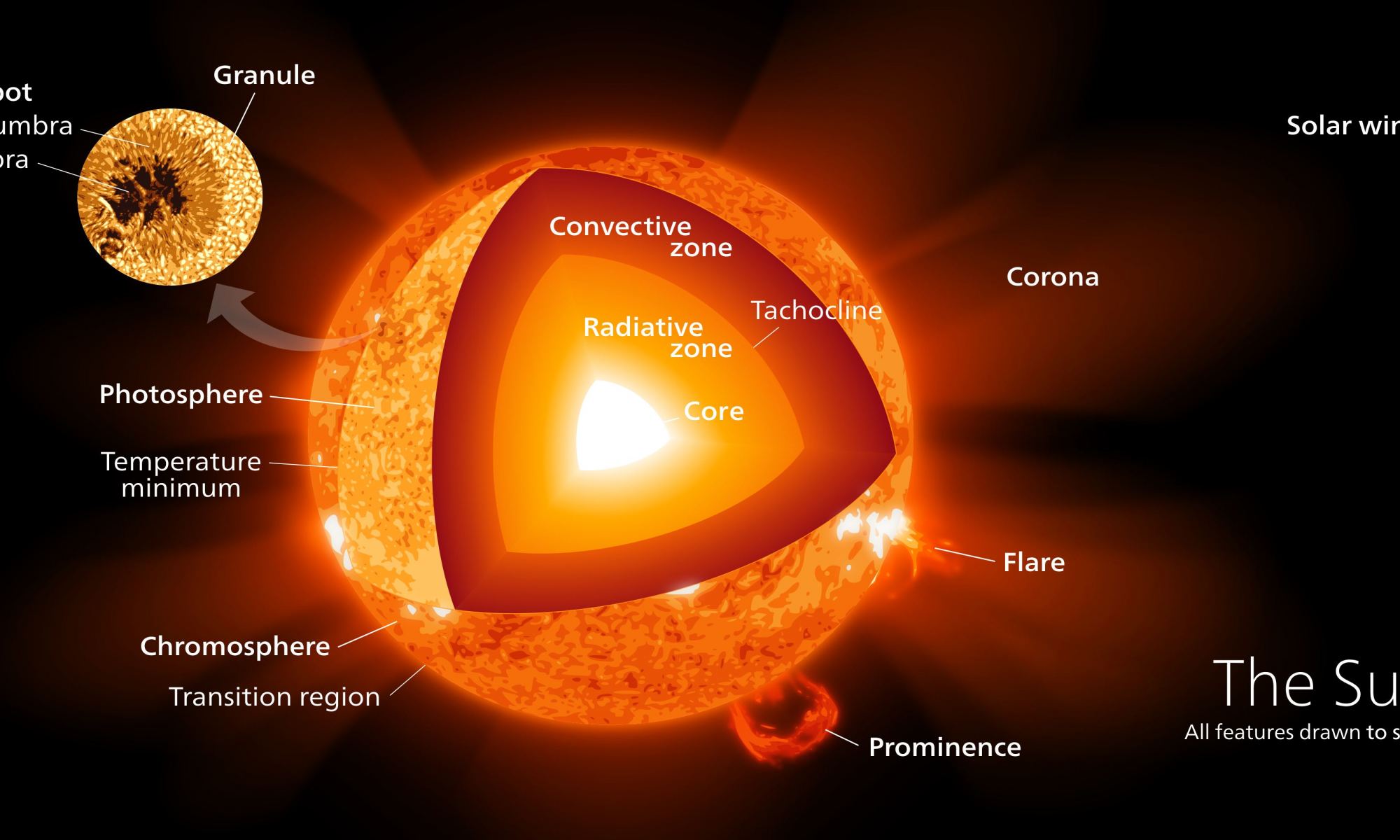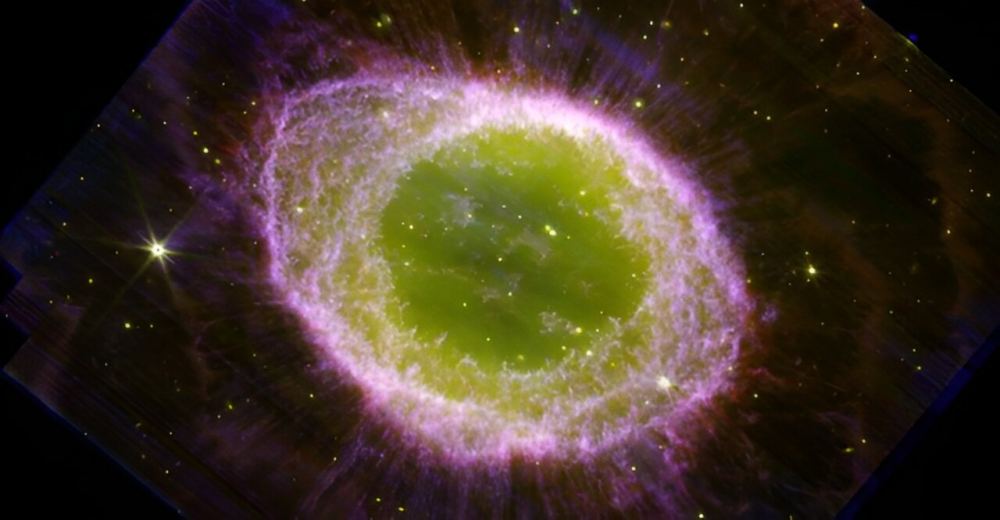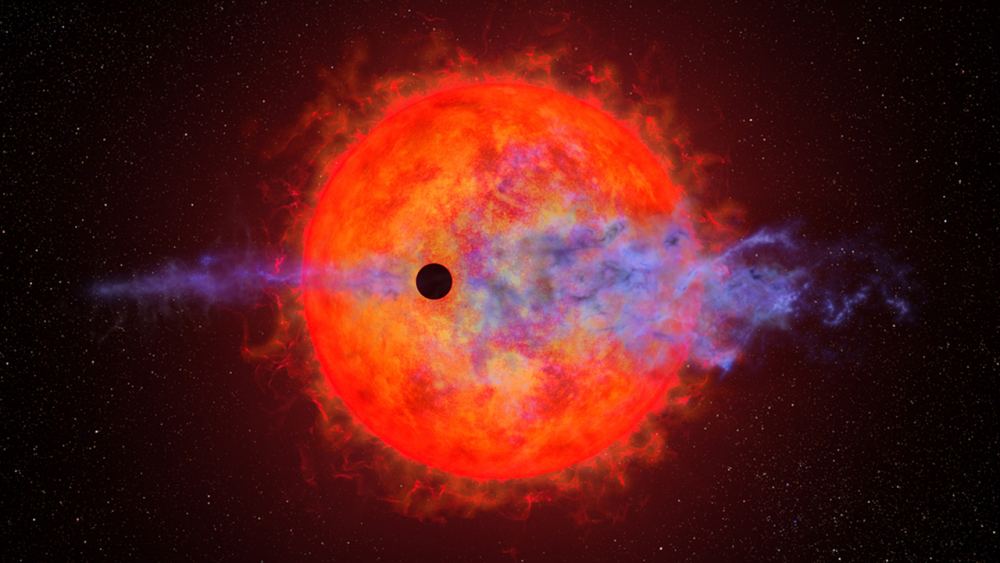About 16,000 light-years away, a massive star experienced an unusual dimming event. This can happen in binary stars when one star passes in front of the other. It can also be due to intrinsic reasons like innate variability. But this star dimmed by as much as one-third, a huge amount.
What happened?
Continue reading “A Giant Star is Fading Away. But First, it Had an Enormous Eruption”
